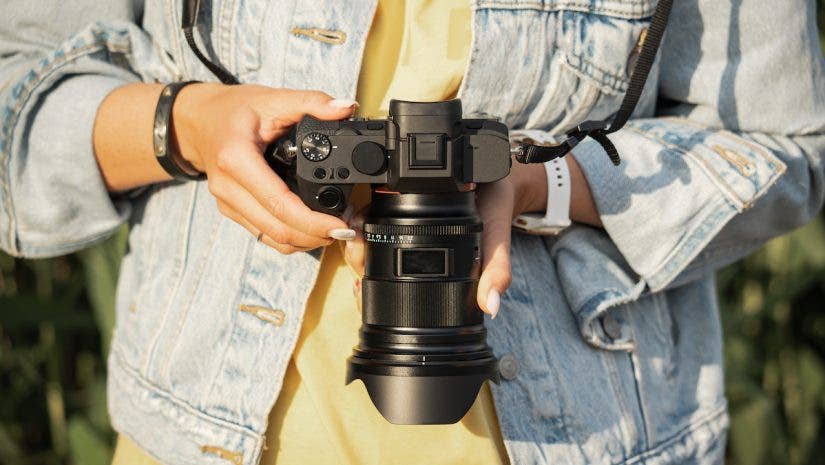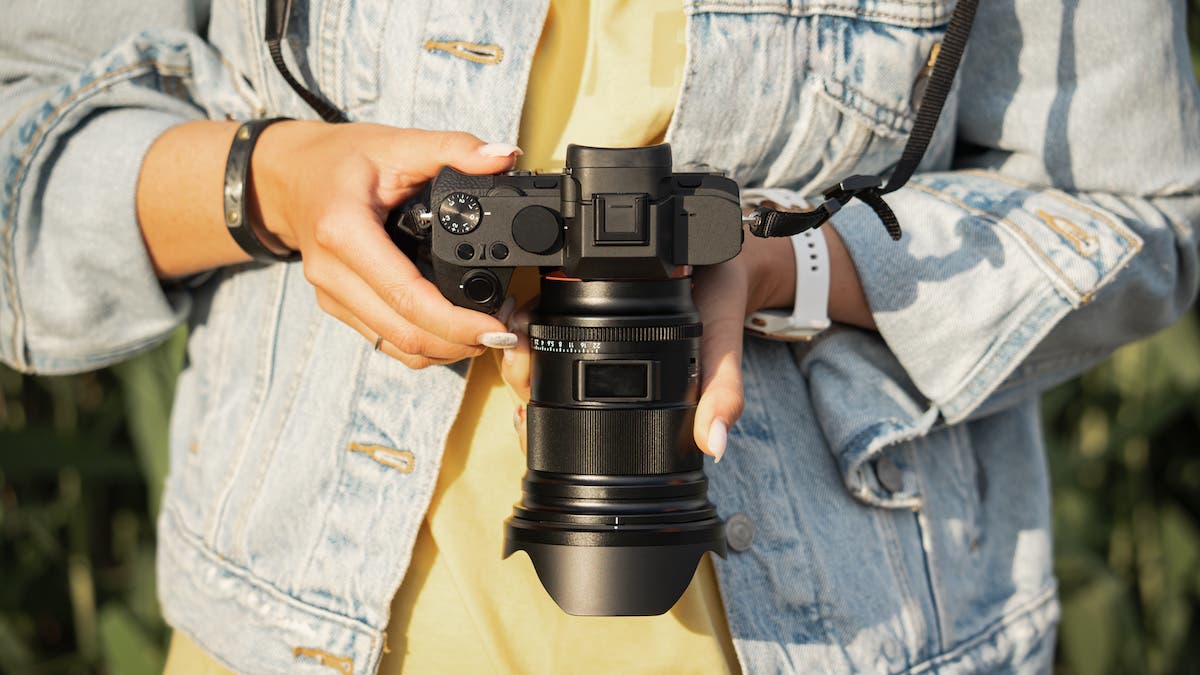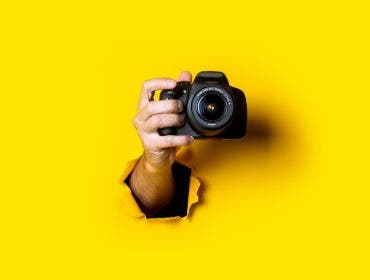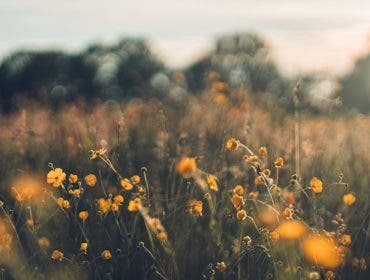It might seem silly to use manual focus on your modern digital camera these days, but there are situations where manual focus is still king over autofocus. Despite massive improvements to autofocus over the years, manual focus is still the go-to for many professional photographers in certain photography scenarios. When executed correctly, manual focus can yield the absolute sharpest results. And while I’m certainly not telling you to abandon autofocus, you should learn to shoot manual. If you’ve never bothered to put your camera into manual focus, using our guide, we will help you learn how, why, and when to use it.
What is Manual Focus?
The lens of your camera must focus to take a sharp image. Generally, most photographers use autofocus, which allows the lens of the camera to pick the subject and create a sharp photo by itself. However, you can adjust the focus manually, usually by turning a focus ring on the lens.
Adjusting the focus yourself is called manual focus. It can be advantageous to use it in a few different situations. Autofocus is incredibly convenient and usually works great—but not always. For any situation where autofocus lets you down, you can count on manual focus to have your back if you know how to use it.
Why You Should Use Manual Focus
Manual focus is truly the best way to ensure your photos are sharp. If you’ve ever returned home from a shoot just to find out that your autofocus took a long weekend, you’ve undoubtedly been disappointed to trash all the photos from your shoot. Manual focus takes longer to set up, but it can ensure you get the perfect focus every time.
The best time to use manual focus is when using a tripod. When you’re shooting a model, or any moving target, it can be very challenging to adjust the focus while you try to find the best composition. When using a tripod, it is very easy to use manual focus. This is why you’ll find many landscape photographers using manual focus.
Additionally, manual focus may be your only option when autofocus won’t work. With improving technology, autofocus in newer cameras works in nearly every situation. Although, you’ll find that, under low light conditions, you may need to use manual focus. Additionally, if the subject of your photograph doesn’t contrast nicely with the background, autofocus may struggle to pick up the subject and you should turn to manual focus.
Simply put, use manual focus when your autofocus doesn’t work reliably well, or when you have extra time to ensure the focus point is correct.
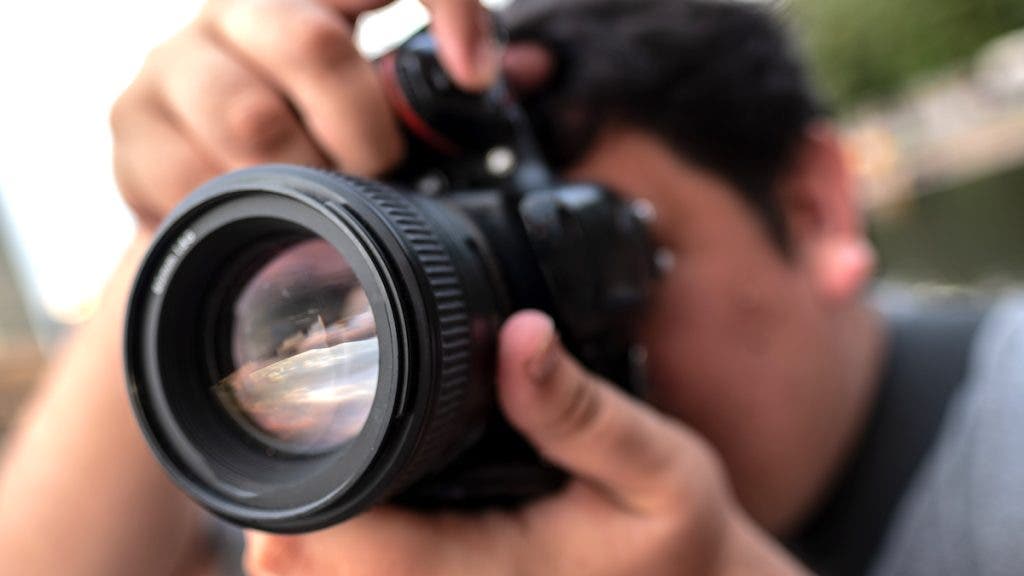
How to Manually Focus
Manual focus can usually be turned on in multiple ways. If available, flip the Auto/Manual (A/M) focus switch on the barrel of your lens. If you don’t have a switch to change the focus, you can switch to manual focus on the back of your camera. Usually, the option to switch focus modes lies in the Function menu and Manual Focus will be the last option on the list.
Once you turn on manual focus, you’ll need to turn the ring on the barrel of your lens. Be aware that zoom lenses have two rings: one for zoom and one for focus. You want to be sure you are turning the focus ring.
As you turn the ring, view the back of your camera’s screen and watch your image go from out of focus to perfectly sharp. When using manual focus, I highly recommend turning on focus peaking. This helps you to see when the image is sharpest.
Additionally, many cameras will automatically magnify your image on the screen to help you see closer up, which also helps you to dial in focus. If not, consult your camera’s manual for focus magnification settings. You can also sometimes press the center button to increase the magnification further, making it even easier to nail the perfect manual focus.
When to Use Manual Focus
Landscape photographers are some of the most common photographers to use manual focus. Since most landscape photography happens slowly, the photographer has more time to set up the shot on the tripod and fine-tune the focus. In addition, many landscape photographers use focus stacking. This means they manually adjust the focus point to shoot multiple shots with different focus points to stack together later. This ultimately results in an image that is completely in focus.
Astrophotographers frequently use manual focus because it’s the most reliable way to achieve tack-sharp focus after dark. Even with technological advances over the past few years, most cameras still struggle to find focus after dark. Like landscape photographers, astrophotographers also use a tripod and have time to set up their equipment—making manual focus a great choice.
Lastly, macro photographers use manual focus to pick the spot they want to focus in their images. Since macro images can have a lot of depth of field, using manual focus can ensure that the most crucial part of the subject is in focus. Being able to set the manual focus precisely where the photographer wants it adds an level of control to your workflow.

Manual Focus vs Autofocus
Most digital camera autofocus systems use sensors that pick up on contrast in the scene to adjust the focus for you automatically. Over the years, autofocus has significantly improved. Now, many cameras have hundreds of selectable autofocus points to allow the photographer to choose the spot they want their camera to focus.
Many cameras offer different autofocus modes, allowing you to switch from single-shot autofocus (where the camera focuses once per shutter press) to continuous autofocus (where the camera constantly hunts for focus). This can make shooting fast-moving scenes more manageable than ever before.
Autofocus particularly shines over manual focus in any situation that requires the photographer to act quickly. Shooting a model on the runway, a grizzly bear in the woods, or an F1 car race requires the photographer to work quickly. In these situations, autofocus can pick up the subject far quicker than the human brain can adjust the focus point.
Additionally, when you’re shooting for hours at a time, manually changing the focus of every shot can be exhausting. For this reason, portrait, photojournalist, wildlife, sports, and other moving subject photographers rely on autofocus to get tack-sharp photos in a jiffy.
Conclusion
No matter what kind of photographer you are, knowing how to use manual focus may save you one day. Manual focus is something that you should practice and learn to use so that, when a situation arises, you’ll be able to switch to manual focus with ease. If you shoot in low light or low contrast situations, you can expect to be using manual mode frequently. Meanwhile, other photographers may be using it on a case-by-case basis. Regardless, knowing how to use manual focus is a skill all photographers should have in their tool belt.
